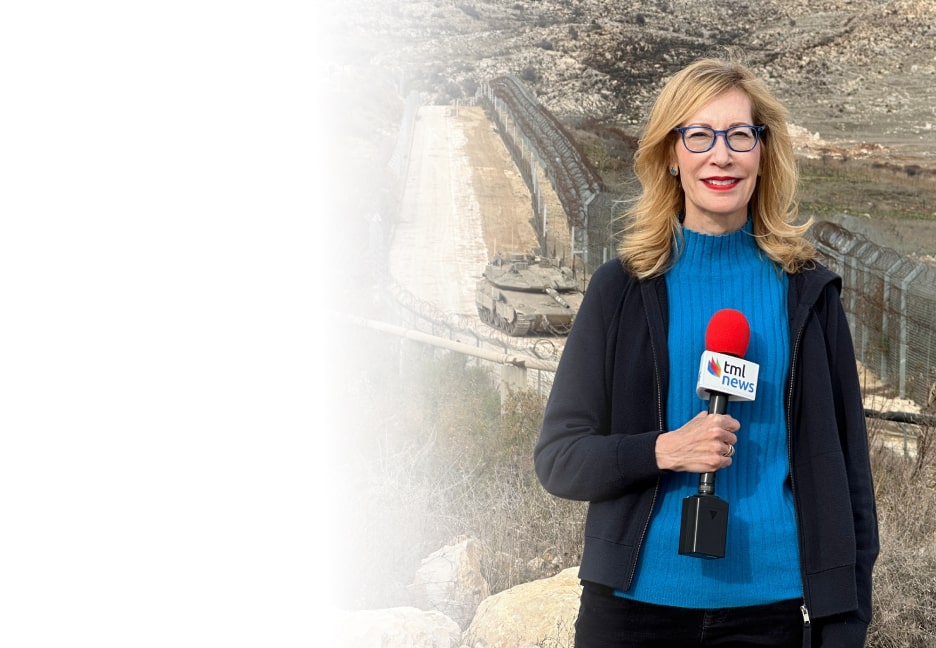Egyptian Archaeologists Uncover Pharaonic Wall and Bronze Workshops in Luxor
Egyptian authorities announced on Sunday that archaeologists have uncovered several important pharaonic-era artifacts in Luxor Governorate, including a massive mud-brick wall dating to the 21st Dynasty, a discovery that sheds new light on the region’s ancient industrial activity and burial practices.
The Ministry of Tourism and Antiquities said the Egyptian mission made the find at the Naga Abu Asba site in Karnak, where a wall from the reign of King Menkheperre (1076–944 BCE) was unearthed. According to Abdel-Ghaffar Wagdy, director general of Luxor Antiquities, the wall’s bricks are stamped with the names of the king and his wife. A sandstone gate was also found embedded in the structure.
This holiday season, give to:
Truth and understanding
The Media Line's intrepid correspondents are in Israel, Gaza, Lebanon, Syria and Pakistan providing first-person reporting.
They all said they cover it.
We see it.
We report with just one agenda: the truth.


The excavation team also uncovered a cluster of ancient workshops and kilns once used to produce bronze statues, along with various coins, amulets, and bronze figures of the god Osiris in different sizes. Wagdy said these artifacts suggest the site functioned as an industrial hub over multiple historical periods.
In a separate area, the al-Asasif section of Qurna, researchers discovered several small wooden coffins believed to belong to children. Mohamed Ismail Khaled, secretary-general of Egypt’s Supreme Council of Antiquities, said a specialist will analyze the wooden coffins and human remains to determine their age, gender, and potential cause of death. The findings could provide new insights into ancient funerary customs in the region.
The discoveries add to Egypt’s ongoing efforts to document and preserve its vast archaeological heritage.

